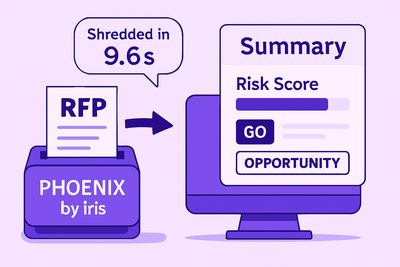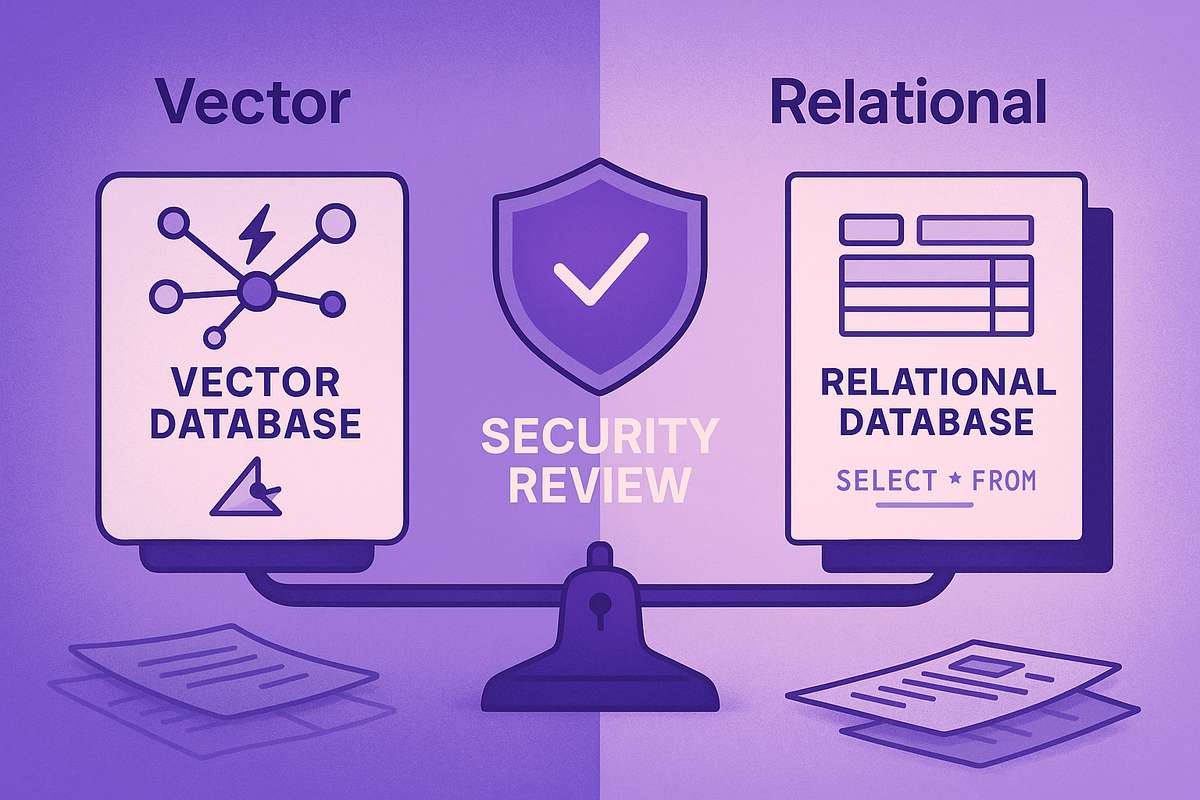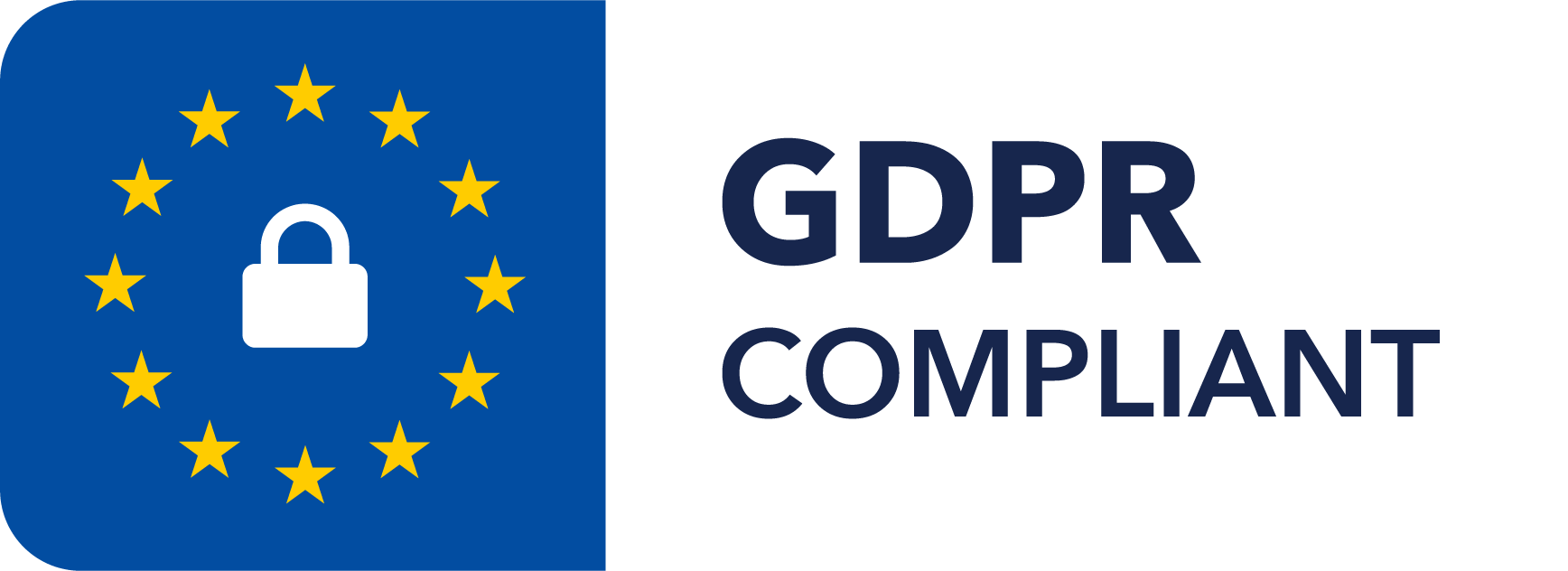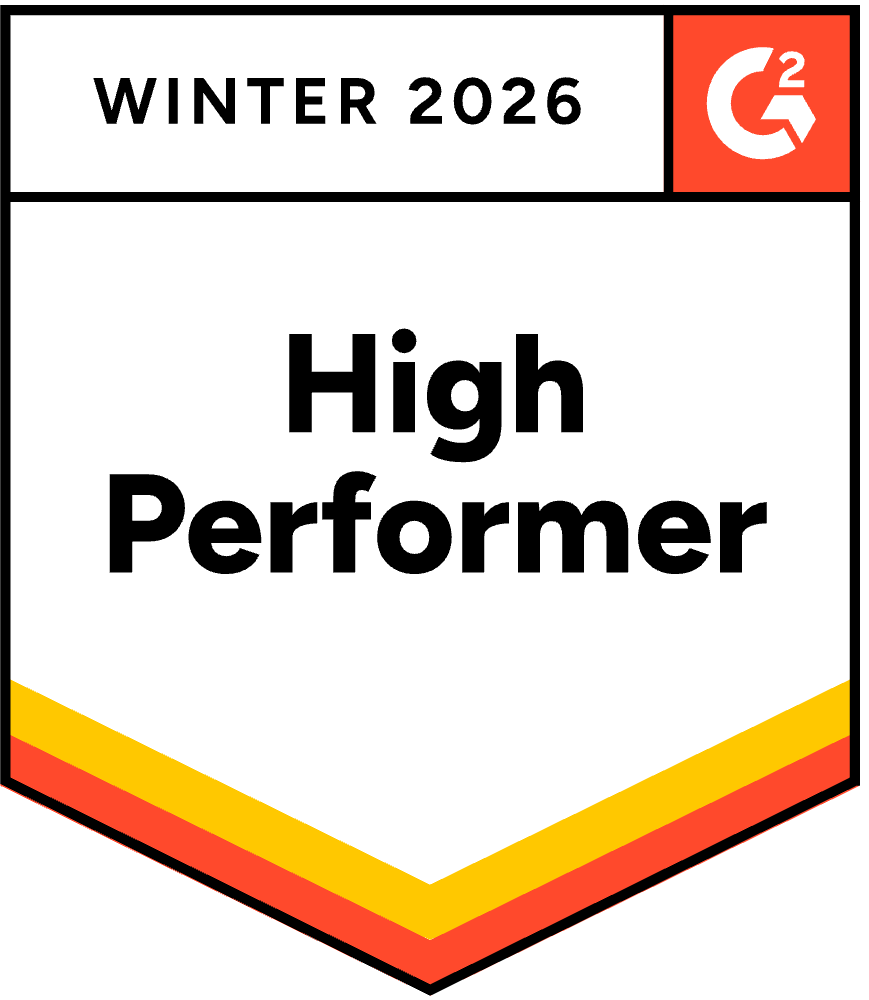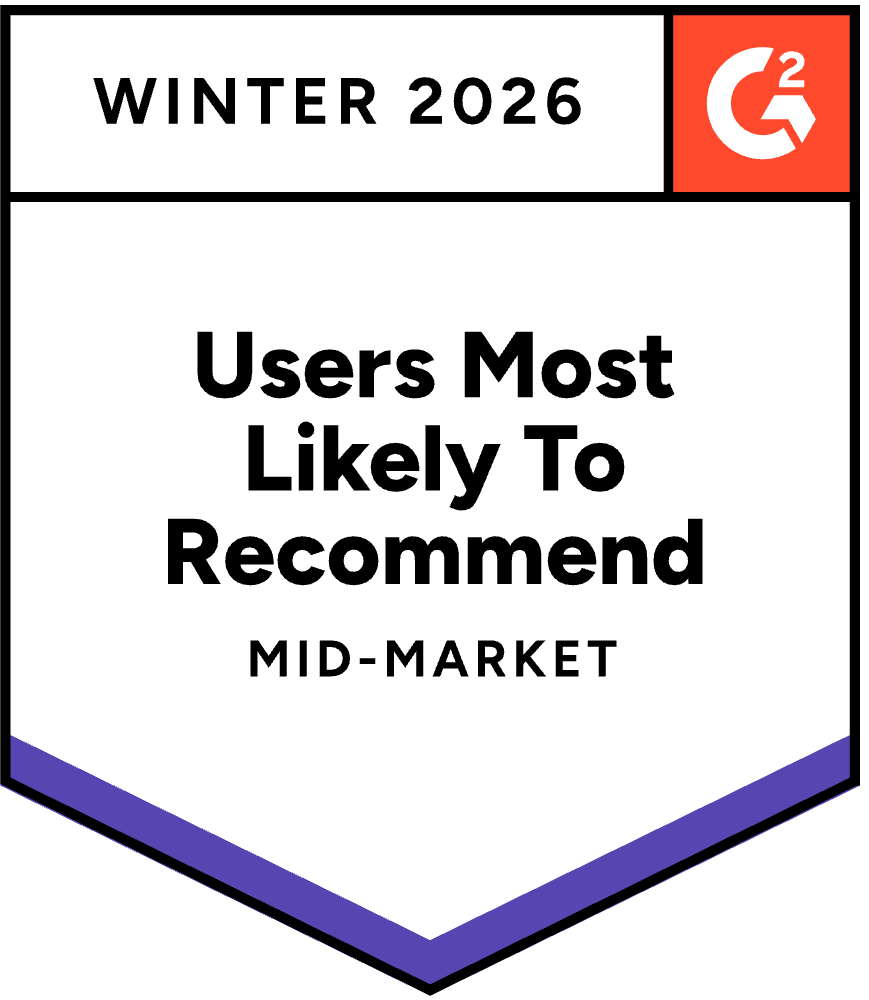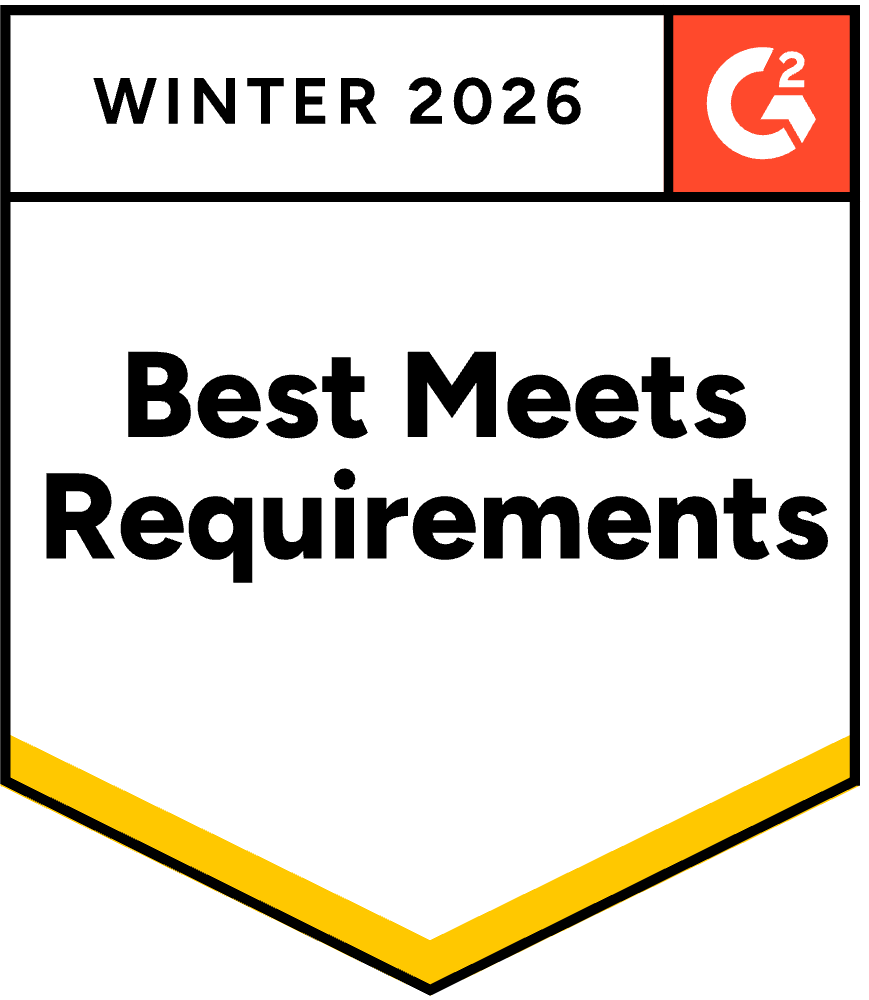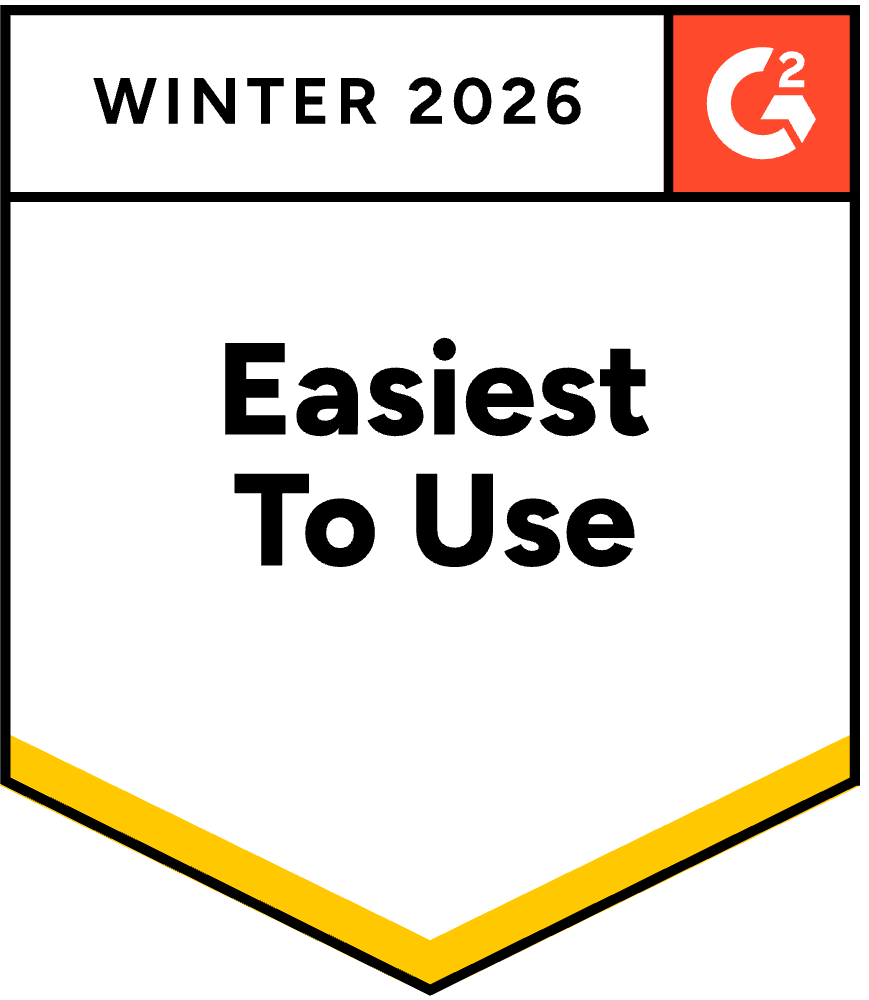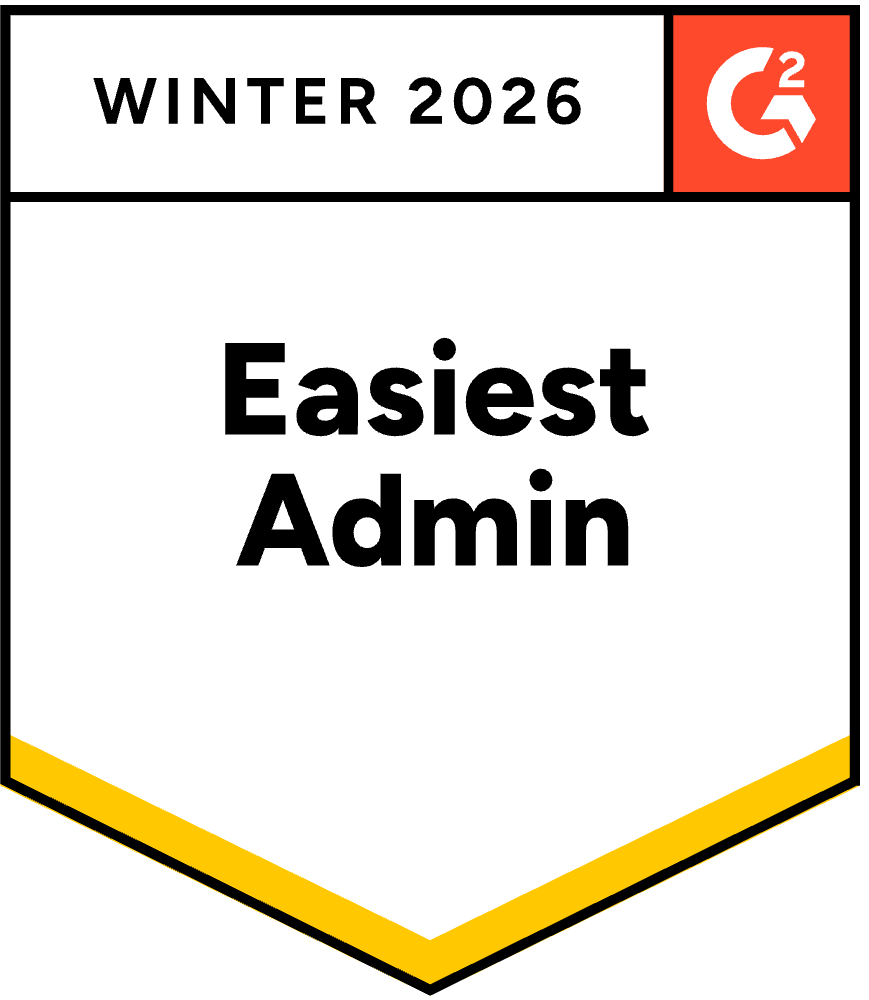7 Features Your RFP Tools Must Have in 2025
June 10, 2025
By
Evie Secilmis

Your 2025 RFP Software Checklist
If your SE team is stretched thin — or enjoying a well-earned vacation — the last thing you want is to lose momentum on high-value RFPs. In 2025, RFP software isn’t just about efficiency; it’s your safety net when internal bandwidth drops.
The best platforms go beyond speed. You need quality and personalization to cut through the noise, helping your team scale compliant, on-brand responses — without the entire team online 24/7. Whether you’re replacing a legacy system or starting from scratch, here’s what to look for in modern, AI-powered RFP tools.
1. True AI-Powered Response Automation
Not all “AI” is created equal. Look for platforms that do more than autofill from static Q&A banks. The best solutions use large language models trained on your institutional knowledge — so they can generate relevant, accurate responses even if your SMEs are on PTO.
What to look for:
- Generative AI that learns from past responses
- Smart suggestions based on context and question type
- Built-in editing guardrails
- Personalization at scale
Platforms like Iris’s AI RFP tools automate more than retrieval — they generate thoughtful, on-brand responses while reducing SME dependency.
2. Asynchronous Collaboration That Works
Your legal reviewer is in Italy. Your SE is booked solid. Your product lead is buried in roadmap planning. Welcome to summer.
Your RFP tool should support distributed, asynchronous collaboration so no one is stuck waiting for a teammate’s green light.
Top features:
- Role-based editing and commenting
- Real-time version control
- Section-by-section status tracking
- Slack/Teams/email alerts for updates
3. Granular Permissions for Secure, Intentional Collaboration
RFPs often involve sensitive information — security details, customer pricing, legal disclosures. In 2025, your software should let you control who sees what.
Examples:
- View, edit, or admin access by user or team
- Restrict specific sections or portals
- Fully customizable roles
- Audit-friendly logs
4. Seamless Integrations (Including Chrome)
Your RFP software should integrate with your CRM, knowledge base, and document tools — and ideally, meet you right in the browser.
For example, Iris’s Chrome extension lets teams:
- Paste responses directly into procurement portals
- Surface AI-suggested content in-browser
- Keep formatting intact
5. Built-In Content Intelligence
Reuse is powerful only if you know what works. Content performance dashboards, win-rate tagging, and usage analytics help teams continuously improve.
6. Flexibility Beyond RFPs
The right software should also handle DDQs, RFIs, due diligence forms, and custom questionnaires — so all requests live in one place.
7. Pricing Clarity & Fast Time-to-Value
Long onboarding or unclear pricing is a dealbreaker. Look for:
- Transparent flat or usage-based pricing
- Time-to-value in under 30 days
- Documented ROI (hours saved, win rates, cycle speed)
Bottom line: The right AI RFP software doesn’t just make responses faster — it transforms how your team works, enabling accuracy, security, and collaboration at any scale.
Common Pitfalls When Choosing RFP Software
The RFP software market is evolving fast, and not every platform lives up to the promise of “AI.” Many teams invest in tools that check the automation box but create new bottlenecks in collaboration, compliance, or usability. Before you commit to a solution, watch out for these common traps.
1. Confusing Autofill with AI
Some tools still rely on static Q&A databases that simply retrieve prewritten answers. While that’s helpful for basic responses, it doesn’t adapt to context, tone, or nuance. True AI RFP software understands the intent behind a question, learns from past responses, and generates brand-aligned answers in real time.
2. Lengthy Onboarding and Poor Adoption
If it takes months to roll out, your team won’t use it. Choose software with intuitive UX, fast setup, and built-in training so adoption feels natural. Platforms like Iris are designed for immediate impact — most teams complete their first AI-assisted RFP in under a week.
3. Limited Collaboration Tools
RFPs are team efforts, and rigid systems slow that collaboration down. Avoid platforms that restrict concurrent editing or hide version control behind complex workflows. Look for asynchronous collaboration, comment threads, and clear status tracking so global teams can contribute without waiting for approvals.
4. Lack of Compliance Oversight
Automation without governance is risky. If a platform can’t flag outdated or noncompliant content, it’s a liability. The best RFP tools integrate content approval workflows and audit logs to keep every response accurate and secure.
5. Hidden Costs and Overpromised Integrations
Some vendors advertise “all-in-one” systems but charge extra for integrations, seats, or analytics. Transparent pricing and seamless API connections with your CRM, content library, and project tools should come standard.
The Future of RFP Automation: What’s Next in 2025 and Beyond
AI is no longer just speeding up the RFP process — it’s changing how organizations think about opportunity management altogether. As the technology matures, the next wave of RFP software will move from simple automation to intelligence.
1. Predictive Qualification
Future RFP platforms will analyze win-rate data, deal size, and resource effort to predict which opportunities are worth pursuing. With tools like Phoenix in Iris Pro, teams will be able to assess fit and potential ROI before writing a single response.
2. Deeper Knowledge Graphs
Instead of relying solely on document repositories, AI engines will map relationships between past responses, subject matter experts, and client requirements. This will allow for faster, smarter content retrieval and dynamic answer generation.
3. Cross-Functional Deal Intelligence
The next generation of proposal tools won’t live in isolation. Expect native integrations with CRMs, security portals, and analytics platforms that tie proposal activity directly to revenue metrics. This gives sales and leadership teams a complete picture of pipeline health.
4. Human-AI Collaboration
Rather than replacing proposal writers, AI will act as a co-strategist — surfacing insights, offering alternative phrasing, and adapting to each client’s tone. The human element remains essential for storytelling, creativity, and relationship building.
Frequently Asked Questions
1. How is AI-powered RFP software different from a traditional Q&A library?
Traditional RFP tools rely on static Q&A banks that require constant manual updates. AI-powered platforms like Iris go further — they understand context, learn from past responses, and generate fresh, accurate content tailored to each question. This means faster turnaround times and less dependency on subject matter experts.
2. How long does it take to implement modern RFP software?
Modern AI RFP platforms are built for speed. With Iris, onboarding typically takes less than 30 days, and most teams complete their first AI-assisted RFP within a week. Seamless integrations with your CRM and document tools make setup simple, even for distributed teams.
3. Can AI RFP tools maintain compliance and brand accuracy?
Yes. Enterprise-grade RFP software uses approved knowledge bases and content governance controls to ensure every response meets compliance, security, and brand standards. Tools like Iris automatically flag outdated or noncompliant language before submission, helping teams maintain accuracy at scale.
Share this post
Link copied!




